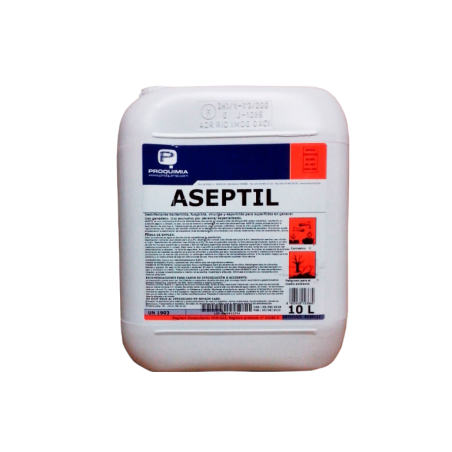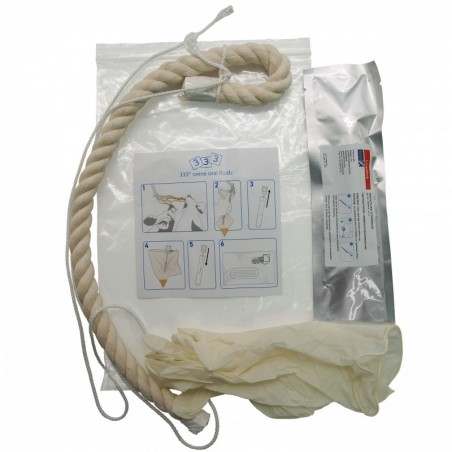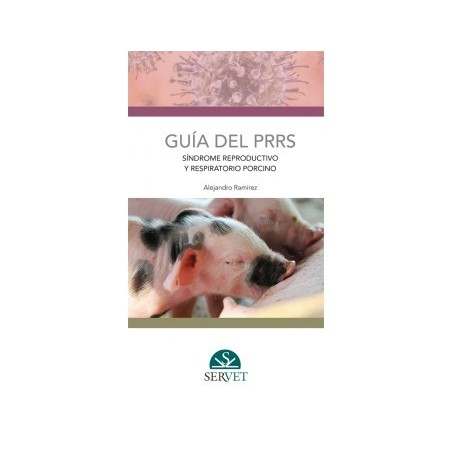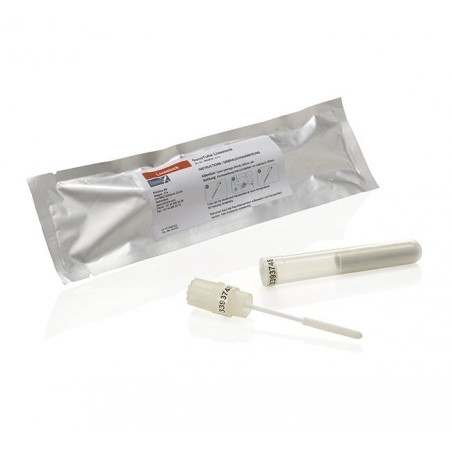Porcine Reproductive and Respiratory Syndrome (PRRS) has challenged the world swine industry in many ways. Some of the challenges the disease posed due to its characteristics epidemiology were the standardization of the terminology used in the swine industry to talk about PRRS, and that the terminology was able to cover all the different approaches to disease management (control or elimination).
Ten years have passed since the first version of the AASV recommended guidelines for PRRS herd classification (Holtkamp et al., 2011). The guidelines met the need of having common terminology for veterinarians, producers, and researchers to communicate about PRRS. Furthermore, it provided a clear roadmap to follow whether you wanted to eradicate or control the virus in the herd. The value of such terminology was boosted by the Morrison Swine Health Monitoring Project (MSHMP) which used an adaptation of the AASV guidelines. Briefly, the MSHMP is a producer-driven voluntary initiative that aggregates and reports PRRS incidence and prevalence from approximately 50% of United States (U.S.) breeding herds. Having such a large proportion of the industry involved and using the terminology it soon became part of the frequent vocabulary among veterinarians and producers. Thus, the classification was quickly adopted and has become very relevant for veterinarians not only in the U.S. but also in other swine producing countries. However, the swine industry evolves very fast and an update of the AASV guidelines was needed to incorporate the newest diagnostic and monitoring techniques as well to address relevant issues raised since its first publication. With that goal in mind, a working group of the AASV reviewed the PRRS classification and drafted a modification which will be published during the year 2021. Here, I will summarize the most relevant changes to the guidelines.

New monitoring techniques
The way that the industry monitors PRRS virus (PRRSv) in breeding herds has evolved since the writing of the first guidelines in 2011. The updated guidelines include not only serum for PRRSv monitoring but also processing fluids and family oral fluids. Processing fluids (PF) are the serosanguinous exudate result of collecting tails and testicles from castration and tail docking in a container. The use of PF has increased in the U.S. swine industry since 2016 due to its high sensitivity and cost efficiency. Monitoring with PF can be used to classify the herds in the different statuses. The family oral fluid (FOF) is another aggregated sample type obtained as the result of the dam and piglets chewing on a rope. In the guidelines, FOF use is restricted to maintaining a herd within the reached status and not as supporting evidence to promote the herd status.
Categories added and redefined
Category I (PRRSv positive unstable) is split in two subcategories to better accommodate the needs of the industry: PRRSv-positive unstable, high prevalence (l-A) and PRRSv-positive unstable, low prevalence (l-B). Category I was the default category for herds going through a clinical PRRS outbreak and afterwards while shedding continued regardless the prevalence of the disease. In the previous version of the AASV guidelines, this was defined as a starting point and was not considered a category where farms would want to be. However, there are companies where disease control and reducing the economic impact is the main priority over PRRS stabilization as defined in the guidelines. Therefore, category I-A becomes the default category in the new guidelines for farms right after a PRRSv outbreak occurred and where the prevalence of shedding piglets is high. Category I-B is an intermediate stage between being unstable (category I) and stable (category II) and has two possible directions. It either can be a transient category for farms undergoing control or elimination whose goal is to reach another endpoint or it can become a finishing line for those farms and companies whose production goals are accomplished under that scenario.
Another main change in the AASV guidelines is the redefinition of the positive stable category (category II). Category II is a category of uncertain shedding in weaned piglets. You may not be able to detect the virus, but PRRSv might still be present in a prevalence below the one that the sampling scheme used can detect. In the new guidelines, the level of uncertainty has been decreased by increasing the number of piglets being sampled at weaning.
Lastly, a new category, positive stable vaccinated (category II-VX), was created that could accommodate the producers that were not interested in elimination while working to control PRRSv through vaccination. The category “positive stable vaccinated” is also a destination for herds where some companies not interested in elimination end their process of stabilization and where they meet their production goals. However, evidence (sequencing or clamping PCRs) has to be provided to rule out the presence of wild type virus.
Table 1. Summary of the different PRRSv AASV classification statuses (Holtkamp et al., 2011) for breeding herds according to the virus shedding status in piglets and the sow exposure status.
| Current AASV guidelines (Hotlkamp et al. 2011) |
Shedding Piglets (PCR) |
Exposure Sows (ELISA) |
|---|---|---|
| Positive Unstable (I) | Positive | Positive |
| Positive Stable (II-A) | Uncertain | Positive |
| Positive Stable (II-B) Undergoes elimination |
||
| Provisional Negative (III) | Negative | Positive |
| Negative (IV) | Negative | Negative |
Table 2. Summary of the different PRRSv AASV new classification statuses (Holtkamp et al., 2011) for breeding herds according to the virus shedding status in piglets and the sow exposure status. New categories are marked with a star.
| New AASV guidelines (Hotlkamp et al. 2021) |
Shedding Piglets (PCR) |
Exposure Sows (ELISA) |
|---|---|---|
| Positive Unstable High prevalence (IA) ✪ |
Positive | Positive |
| Positive Inestable Low prevalence (IB) ✪ |
Positive | Positive |
| Positive Stable (II) | Uncertain | Positive |
| Positive Stable Vaccine use (II-vx) ✪ |
||
| Provisional Negative (III) | Negative | Positive |
| Negative (IV) | Negative | Negative |
Conclusion
The AASV guidelines proved useful to communicate better amongst veterinarians, producers, and researchers regarding PRRSv farm status. The guidelines will need to be updated as time goes on as the swine industry, diagnostic techniques, and the virus evolve rapidly, and new challenges arise.











